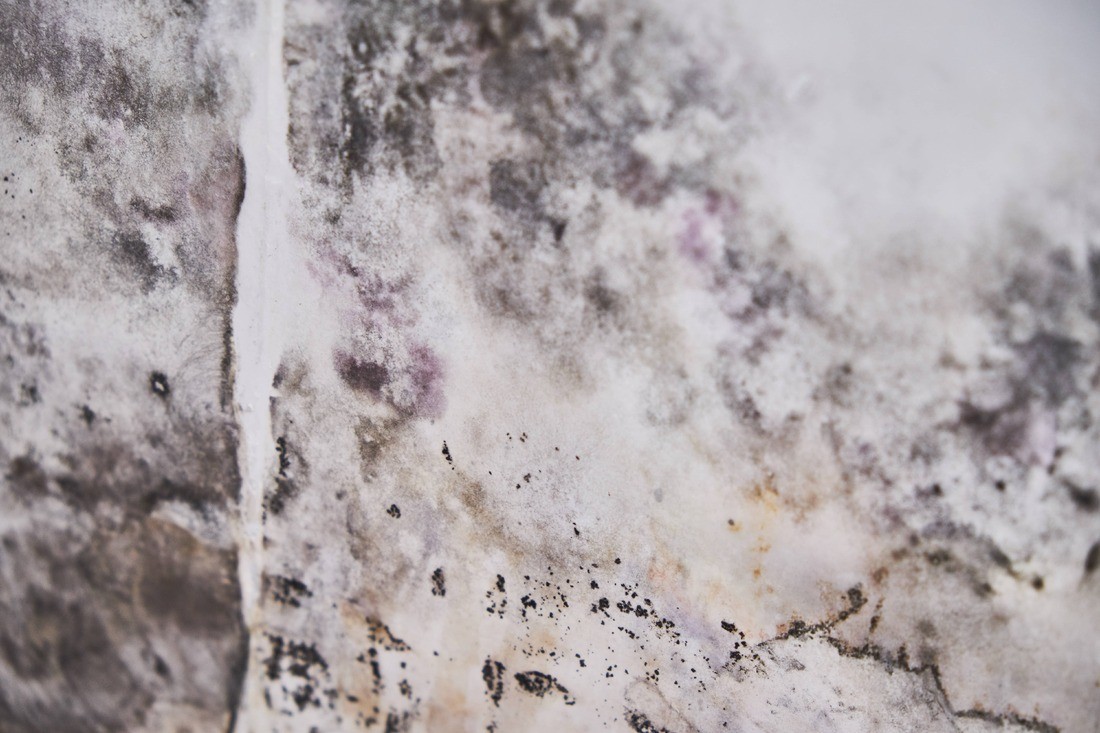
Introduction
A flooded basement can be a homeowner’s worst nightmare. Whether it’s due to heavy rainfall, a burst pipe, or a sewer backup, dealing with water damage in a basement requires prompt action and thorough cleaning to prevent further damage and ensure the safety of your home. This comprehensive guide will provide you with step-by-step instructions on how to clean and disinfect a flooded basement.
Steps for Cleaning and Disinfecting a Flooded Basement
Step 1: Ensure Safety
Safety should be your top priority when dealing with a flooded basement. Before entering the area, make sure the electricity is turned off to avoid the risk of electrical shock. Wear protective gear such as rubber gloves, boots, and a face mask to protect yourself from potential contaminants.

Step 2: Remove Standing Water
Use a submersible pump, wet/dry vacuum, or buckets to remove standing water from the basement. Start from the lowest point and work your way towards the exit to ensure complete water removal. Dispose of the water properly to prevent it from flowing back into the basement.
Step 3: Remove Wet Items and Materials
Remove any wet items and materials from the basement, including furniture, carpets, and personal belongings. This will help prevent mold growth and further damage. If the items are salvageable, move them to a well-ventilated area for drying and disinfection.
Step 4: Clean and Disinfect Surfaces
Thoroughly clean and disinfect all surfaces in the basement to eliminate bacteria, viruses, and mold spores. Use a mild detergent and warm water to clean the surfaces, then apply a disinfectant recommended for water damage restoration. Follow the manufacturer’s instructions for proper application and contact time.
Step 5: Dry the Basement
Drying the basement is crucial to prevent further damage and mold growth. Use fans, dehumidifiers, and open windows to promote air circulation and speed up the drying process. Monitor the humidity levels regularly and continue drying until the basement is completely dry.
Step 6: Inspect for Mold and Structural Damage
Inspect the basement for any signs of mold growth or structural damage. If you notice mold, contact a professional mold remediation service to assess the extent of the problem and safely remove it. If there is structural damage, consult a professional contractor for repairs.

Step 7: Implement Preventive Measures
Once the basement is clean and dry, take preventive measures to minimize the risk of future flooding. Install a sump pump, seal any cracks or gaps in the foundation, and consider waterproofing the basement walls and floor. Regularly maintain and inspect these systems to ensure their proper functioning.
FAQs
Q: How long does it take to clean and disinfect a flooded basement?
Q: Can I clean a flooded basement myself, or do I need professional help?
Q: How can I prevent future basement flooding?
Conclusion
Cleaning and disinfecting a flooded basement requires thoroughness and attention to detail to ensure the safety and integrity of your home. By following the steps outlined in this guide and taking preventive measures, you can effectively clean up after a flood and minimize the risk of future damage. If the damage is extensive or you feel unsure about the cleaning process, don’t hesitate to seek professional help.
Service Water Restoration Pros is a trusted provider of basement flooded water damage restoration services. Contact us at 949-209-1582 or visit our website for more information.
- Service Water Restoration Pros
- About Us
- Water Mitigation Service
- Fire Damage Repair
- Mold Remediation
- Flood Damage
- Contents Handling & Cleaning
- Burst and Frozen Pipe Repair
- Slab Leak Detection & Restoration
- Commercial Cleaning and Restoration
- Irvine, CA
- North Las Vegas
- Blog
- Air Duct Cleaning
- Basement Water Damage Cleanup
- Basement Water Damage Cleanup



